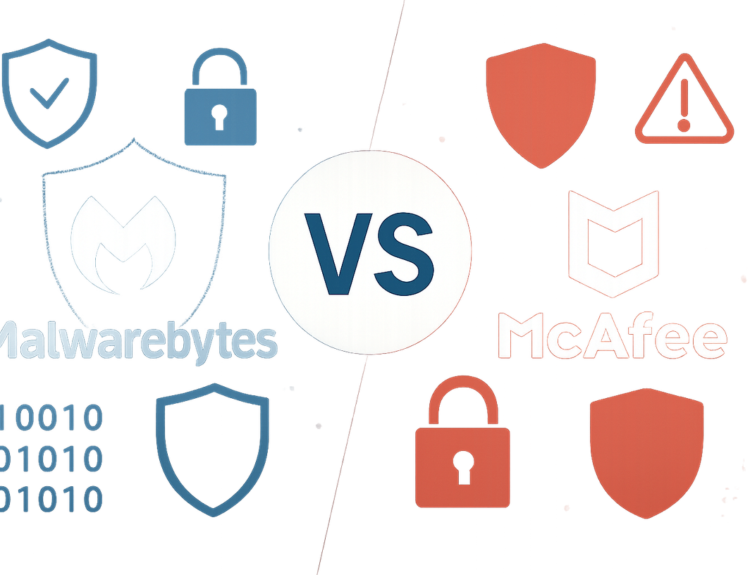Okay, so you know I’m always digging into the weirder corners of the crypto world, and I just stumbled across a story that’s too crazy not to share. Apparently, a TikTok crypto trader in Europe was kidnapped, allegedly for a 50,000 euro ransom. But here’s the kicker: the kidnappers let him go when they realized he didn’t actually have the money.
Yep, you read that right.
According to Cointelegraph, the whole ordeal involved being forced into a stolen vehicle and a frantic demand for crypto riches. The trader, whose online persona likely projected an image of wealth, turned out to be more hype than holdings.
This story highlights a darker side of the crypto boom – the perceived wealth and vulnerability of individuals in the space. While crypto adoption is on the rise, with research from Statista showing a steady increase in users globally, this incident serves as a harsh reminder of the real-world risks associated with flaunting your crypto holdings.
It begs the question: how many other individuals are projecting a false image of crypto wealth, making themselves targets for malicious actors? It also raises concerns about the increasing sophistication of crimes targeting the crypto community. We’ve seen a rise in phishing scams and rug pulls, but this kidnapping adds a new, terrifying dimension.
The incident shines a spotlight on the need for enhanced security measures and heightened awareness within the crypto space. While we often focus on securing our digital wallets, we also need to be mindful of our physical safety and online presence. The anonymity that crypto can offer can be a double-edged sword, both protecting privacy and potentially attracting unwanted attention.
This kidnapping comes against a backdrop of increasing concerns about the security of cryptocurrency assets. The Chainalysis 2024 Crypto Crime Report highlights that while illicit transaction volume has decreased overall, certain types of crypto-related crime, like ransomware attacks, remain a significant threat.
So, what are the key takeaways here?
- Perception vs. Reality: Don’t believe everything you see online. The crypto space is full of hype, and appearances can be deceiving. This situation underscores the importance of discernment.
- Security Matters (IRL too!): Protecting your crypto assets isn’t just about securing your wallets. It’s also about being mindful of your physical safety and online persona. Think OPSEC.
- The Dark Side of Anonymity: While crypto’s anonymity can be a benefit, it can also make you a target. Be cautious about sharing personal information online.
- Criminals are Adapting: Crypto-related crime is evolving. We need to stay informed about the latest threats and take proactive measures to protect ourselves.
- Humor Helps, But Only A Little: Although this story has dark humor elements in it, a crime happened. We should take this as a reminder to protect ourselves.
This story, while bizarre, serves as a potent reminder: the world of crypto is exciting and full of potential, but it also requires a healthy dose of caution and awareness. Stay safe out there!
FAQ: Crypto Kidnapping and Safety in the Digital Age
1. Is it common for crypto holders to be targeted in kidnappings?
While this specific instance is unusual, the rise of crypto crime in general is a growing concern. Kidnappings targeting crypto holders are still relatively rare, but the increasing value of digital assets makes them attractive targets for criminals.
2. What can I do to protect myself from becoming a target for crypto-related crimes?
Be mindful of your online presence, avoid sharing excessive personal information, use strong passwords and two-factor authentication for all accounts, and be wary of phishing scams. Consider security training, too.
3. How anonymous is cryptocurrency really?
While some cryptocurrencies offer a higher degree of anonymity than others, most transactions are traceable on the blockchain. Law enforcement agencies are increasingly sophisticated in their ability to track and identify individuals involved in crypto-related crime.
4. What should I do if I suspect I am being targeted for a crypto-related crime?
Contact your local law enforcement agency immediately and provide them with as much information as possible. You can also reach out to crypto security experts for assistance.
5. Are there any specific cryptocurrencies that are more prone to being involved in criminal activity?
Cryptocurrencies that offer enhanced anonymity, such as Monero (XMR), are sometimes favored by criminals. However, Bitcoin (BTC) remains the most widely used cryptocurrency in illicit transactions due to its widespread adoption.
6. How is law enforcement adapting to combat crypto-related crime?
Law enforcement agencies are investing in training and technology to track and investigate crypto-related crimes. They are also collaborating with international partners to combat cross-border criminal activity.
7. Is it safe to publicly discuss my crypto investments online?
It’s generally not advisable to publicly discuss the specifics of your crypto investments, as this could make you a target for criminals. Be cautious about sharing information about your holdings or trading activity.
8. What role does social media play in crypto-related crime?
Social media platforms can be used by criminals to identify potential targets, spread phishing scams, and promote fraudulent schemes. Be wary of unsolicited messages or offers you receive online.
9. Are crypto exchanges doing enough to prevent criminal activity?
Crypto exchanges are implementing various security measures to prevent money laundering and other criminal activities. However, more can always be done to improve security and compliance. Look for exchanges with strong KYC (Know Your Customer) and AML (Anti-Money Laundering) policies.
10. Should I be concerned about the environmental impact of cryptocurrency crime?
While the environmental impact of cryptocurrency mining is a separate issue, the energy consumption associated with illicit mining activities can contribute to environmental damage. Additionally, ransomware attacks on critical infrastructure, like energy grids, can have significant environmental consequences.






